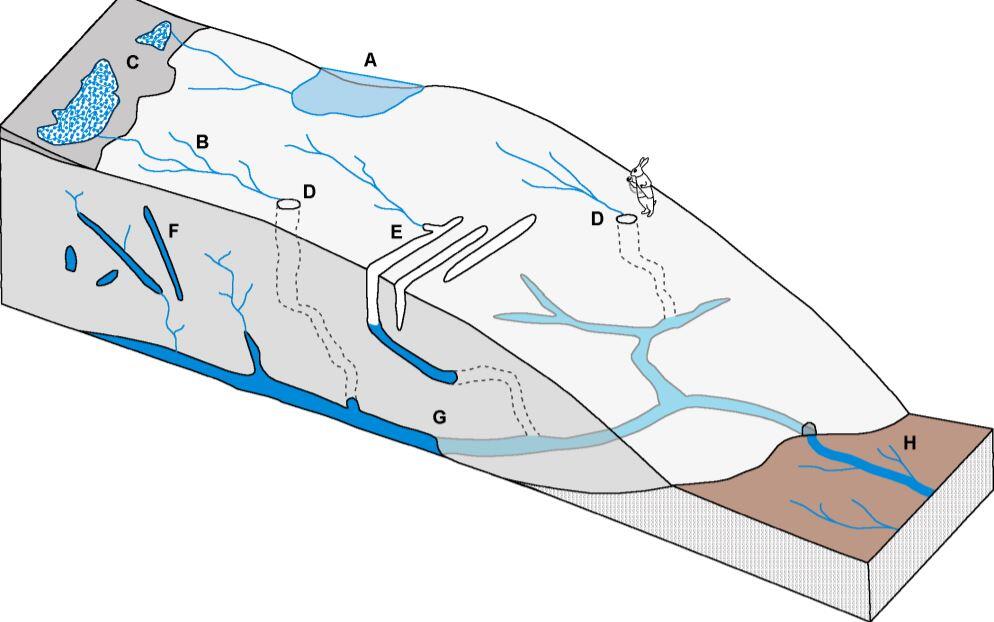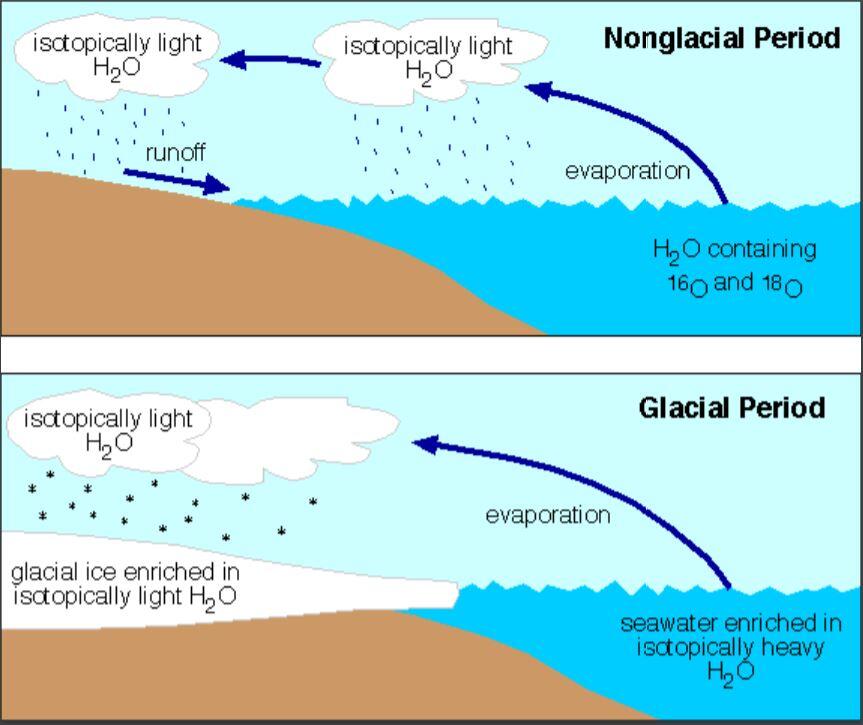Refining geothermal heat flux in Greenland from water isotopes analysis.
Main content
Project description
Sliding at the base of glaciers represents a large part of ice sheets dynamics. In the current situation where the dynamic discharge of Greenland is steadily increasing it becomes vital to get a better representation of this component ino ice sheet models. The current approach, based on an inversion of basal parameters from surface velocities is an effective method to represent present day situation but it also hypothetise that the basal conditions will not change in the future. The alternative of using subglacial hydrology models coupled to ice dynamics model allow to take into account the evolution of a major driver of the basal dynamics that is also heavily impacted by climate change, the subglacial water. The main obstacle to the use of those models is rather poor knowledge that is available on the water production and thermal state at the base of the ice sheet. There actually exists five drastically different representations of the geothermal heat flux at the base of the Greenland ice sheet. Based on those different vallues it appears that in a large part of Greenland’s bedrock it is actually unsure if the ice is actually frozen to its bedrock or in a thawed state (MacGregor 2016).
We propose a new approach to compare the different geothermal heat flux maps. We will combine subglacial hydrology modelling with existing mapping of Greenlands internal layers (MacGregor 2015) and isotope analysis to refine the location of the melting ice at the base of the Greenland ice sheet. Subglacial hydrology modelling allows to delineate the subglacial water catchments of Greenland, coupled to the existing datasets on geothermal heat flux and ice ages we can hypothetise the isotopic composition of water that is discharged at the front of any glacier in Greenland. Taking advantage of the planned deployments in Greenland through the EGRIP project We will secure some water samples from the Russell glacier catchment and potentially from some reforzen water collected in the EGRIP borehole to compare the modeling results and infer the efficiency of the method.
MacGregor, J. A., et al. (2016), A synthesis of the basal thermal state of theGreenland Ice Sheet, J.Geophys. Res.Earth Surf., 121, 1328–1350, doi:10.1002/2015JF003803.
MacGregor, J. A., et. al.(2015), Radiostratigraphy and agestructure of the Greenland Ice Sheet,
J. Geophys. Res. Earth Surf., 120, doi:10.1002/2014JF003215.
Proposed course plan during the master's degree (60 ECTS):
GEOF210 - Data Analysis in Meteorology and Oceanography (10 ECTS)
GEOF211 - Numerical modeling (10 ECTS)
GEOV222 - Paleoclimatology (10 ECTS)
GEOV228 - Quaternary geochronology (10 ECTS)
GEOV342 - The geochemical toolbox (10 ECTS)
GEOV325 - Glaciology (5 ECTS)
GEOV328 - Ice Finse (5 ECTS)
Prerequisites
GEOF105 or equivalent (for GEOF210)
GEOV109 or equivalent (for GEOV 342)
GEOV101 or equivalent (for GEOV 222)
Field- lab- and analysis
We will measure the following samples:
Surface run-off samples collected on the glacier
Glacial water discharge at the front of the glacier
Ice core drilling chips as we approach the bottom
Bottles for storing water samples


